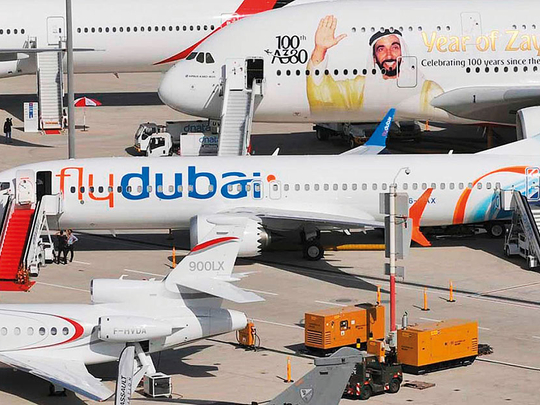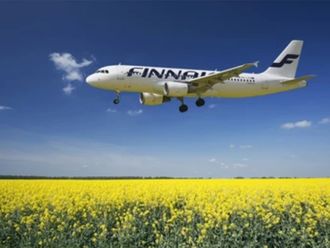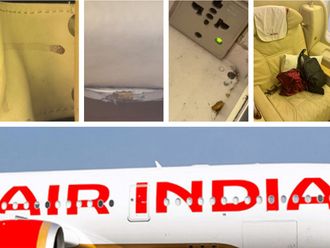
Dubai:
While likely to be a better year for airlines in the region, 2018 is expected to bring much of the same challenges for the aviation industry as 2017, analysts said. These include higher fuel prices, protectionism, and geopolitical tension.
Analysts said that 2018 is also likely to see stronger growth and competition from low-cost carriers, especially as they add more routes and upgrade their product offering.
“The GCC highlight for me [in 2017] was that the airlines survived and reshaped for the better in a difficult trading and political environment. I expect more of the same next year, but given the work done this year, they will be better placed to capitalise,” said Andrew Charlton, managing director of Geneva-based Aviation Advocacy.
Tough year
And 2017 was arguably a tough year for airlines in the Gulf region.
From a macro perspective, airlines grappled with an operating environment marred by yield pressure and slower economic growth.
Of course, there were also the hurdles from the US government such as the electronics ban on-board direct flights and restrictions on the entry of citizens from certain Muslim-majority countries. Such restrictions from the US forced both Etihad Airways and Emirates, the only two UAE-based airlines that fly to the States, to drop frequencies and routes to the country.
With the electronics ban now lifted, and demand still “fairly strong,” according to Emirates President Tim Clark, Emirates is aiming to restore capacity to the US in early to mid-2018, Clark said earlier.
Saj Ahmad, chief analyst at Strategic Aero Research, said he expected to see stronger profitability from Emirates in 2018 as the carrier re-introduces some of those frequencies that were dropped. He described US routes as being a big high-yield driver for Emirates’ bottom line.
Profits to double
From a financial perspective, the International Air Transport Association (IATA) forecasts a total profit of $600 million in 2018 for airlines in the Middle East; twice the profit expectations for 2017, but still well below the $1.3 billion in profits recorded in 2016.
In its outlook report, IATA said airlines in the Middle East will see demand grow by 7 per cent in 2018, but challenges still remain from low oil revenues and regional conflict to crowded air space and travel restrictions to the US.
Profitability aside, Aviation Advocacy’s Charlton said key issues to look out for in 2018 will be the future of Airbus A380, which he described as “hanging by a thread.”
“It will be interesting to see if anyone purchases more of them. If not, it will be difficult for Airbus to continue to keep the production line afloat,” he said.
Airbus and Emirates failed to reach a deal for new A380s at the Dubai Air Show in November, with Emirates asking the European aircraft manufacturer for guarantees on the A380 production line.
For Emirates, 2018 will also see the carrier capitalising on its partnership with budget airline flydubai. The two announced a partnership deal in July 2017 that will allow them to join forces to grow their operations and offer passengers access to both networks. Analysts said the deal will strengthen the position of both Emirates and flydubai and cater to more passengers.
The deal also gave way to talks of more consolidation in the industry, with Emirates’ Clark even saying the carrier is open to cooperation with Etihad Airways.
“Rather than consolidation, we’ll probably see a lot more in the way of loose-winded cooperation, but maybe not to the kind of depth that flydubai and Emirates are having, but certainly along the lines of code-shares,” said Strategic Aero’s Ahmad.











